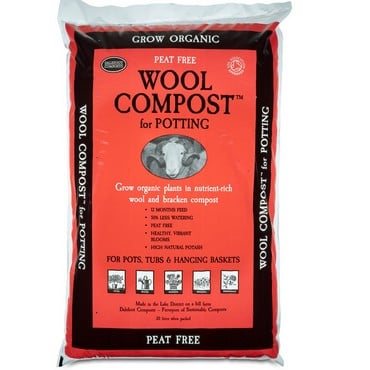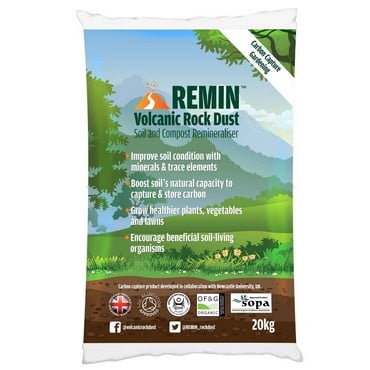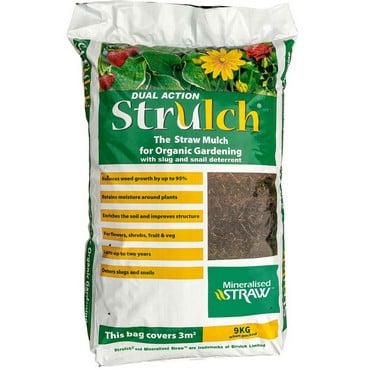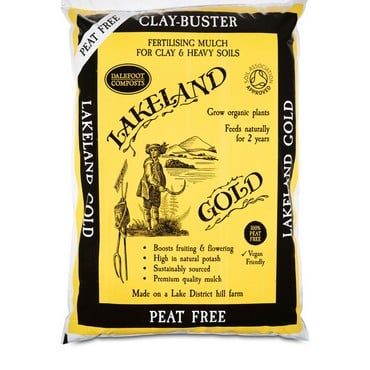Get to know your soil better
One of the most important things to learn about your garden to ensure successful crops year after year is your soil type. Knowing your soil type will help you choose the right plants for your garden and maintain them in good health.
Quick summary of soil groups:
- Clay Soils - are heavy, high in nutrients, wet and cold in winter and baked dry in summer.
- Sandy Soils - are light, dry, warm, low in nutrients and often acidic.
- Silt Soils - are fertile, light but moisture-retentive and easily compacted.
- Loams - are mixtures of clay, sand and silt that avoid the extremes of each type of soil.
- Peat soils - are very high in organic matter and moisture.
- Chalky soils - are very alkaline and may be light or heavy.
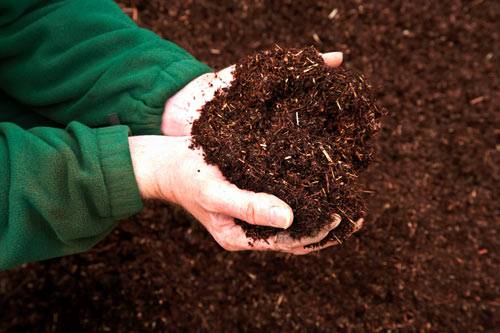
Quick and easy ways to help determine your soil type
The water test
Pour water into the soil. If it drains quickly it is likely to be a sandy or gravelly soil, on clay soils the water will take longer to sink in.
Squeeze test
Grab some soil and softly compress it in your fist. If the soil is sticky, slick and remains intact and in the same shape when you let go it will be clay soil. It the soil has a spongy texture, it’s peaty. Sandy soil will simply crumble apart.
Settle test
Add some soil to a transparent container, add water and shake well. Leave to sit for 12 hours.
- Clay and silty soils will turn the water cloudy, with a layer of particles at the bottom.
- Sandy soils will leave the water mostly clear. Majority of the particles will fall, forming a layer on the base of the container.
- Peaty soils will leave the water slightly cloudy with many particles floating on the surface.
- Chalky soils will leave a layer of white, grit-like fragments on the bottom of the container. The water will be a shade of pale grey.
- If the water is relatively clear with layered particles on the bottom of the container with some particle at the top, this soil is likely to be a loamy one.
Acid test
The standard pH for soils usually ranges between 4.0 and 8.5. Plants particularly like soil, which has a pH between 6.5-7. This is the level where nutrients and minerals naturally thrive. As a general rule, in areas with soft water you will have acid soil and hard water areas will tend to have alkaline soil. Acid tests are readily available at more garden centres. We’d recommend trying one of the above methods first.
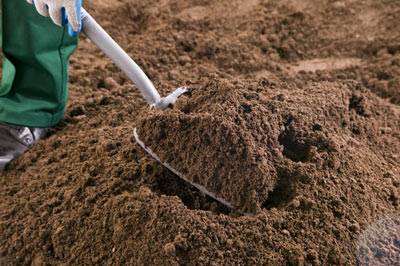
Working with your soil
Now you know what type of soil you have; you can start to work with it and improve it before you get planting.
Clay soils - are rich in nutrients and are very fertile if their cloddiness and can be broken up by the addition of organic matter. This breaks down the clay into separate crumbs, making the water and nutrients held within the clay more easily available to plant roots. Breaking up the clay into crumbs also makes the soil warmer, more easily workable and less prone to compaction. A great addition is Lakeland Gold Fertilising Mulch which acts as a 'clay buster'.
Sandy Soils - are light soils usually low in nutrients, and lose water very quickly being particularly free-draining. You can boost the water and nutrient holding capacity of your soil by adding plenty of organic matter to bind the loose sand into more fertile crumbs. Fertilisers may also be necessary to give plants grown in sandy soils an extra boost.
Silt soils - are made up of fine particles that can be easily compacted by treading and use of garden machinery. They are prone to washing away and wind erosion if left exposed to the elements without plant cover. However, they contain more nutrients than sandy soils and hold more water, so tend to be quite fertile. You can bind the silt particles into more stable crumbs by the addition of organic matter.
Loam soils - are the gardener’s best friend, being a ‘perfect’ balance of all soil particle types. But even though they are very good soils, it is important to regularly add organic matter, especially if you are digging or cultivating these soils every year.
Peat soils – are the most dominant type of organic soils. They are often very fertile and hold much moisture. They are seldom found in gardens.
Chalky soils - are alkaline, so will not support ericaceous plants that need acid soil conditions. Very chalky soils may contain lumps of visible chalky white stone. Such soils cannot be acidified, and it is better to choose plants that will thrive in alkaline conditions. Many chalky soils are shallow, free-draining and low in fertility, but variations exist, and where there is clay present, nutrient levels may be higher and the water holding capacity greater.
Visit Soil Types & Improving in our Growing Advice section to read more about pH levels of soil. You’ll find a whole heap of information including what plants you can grow and how to manage your soil.


















